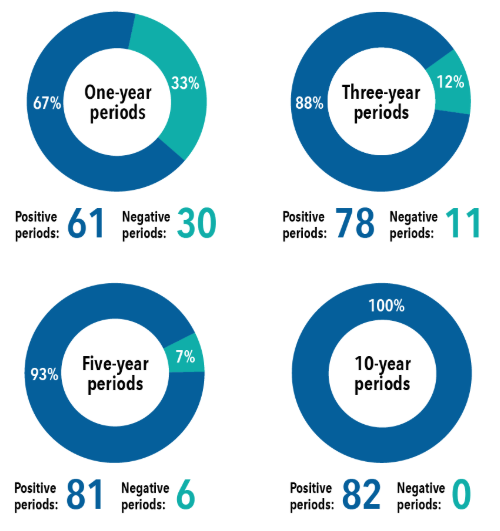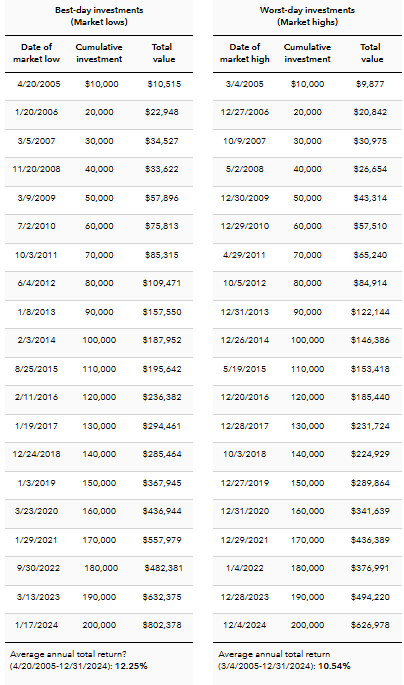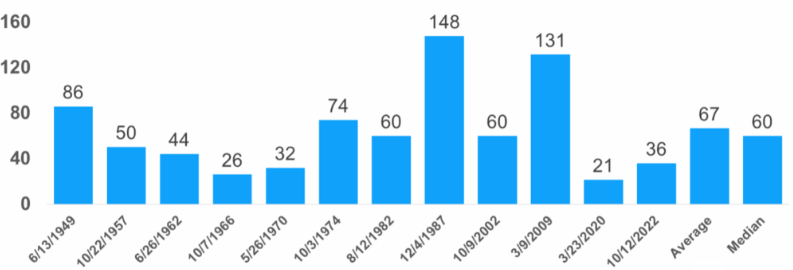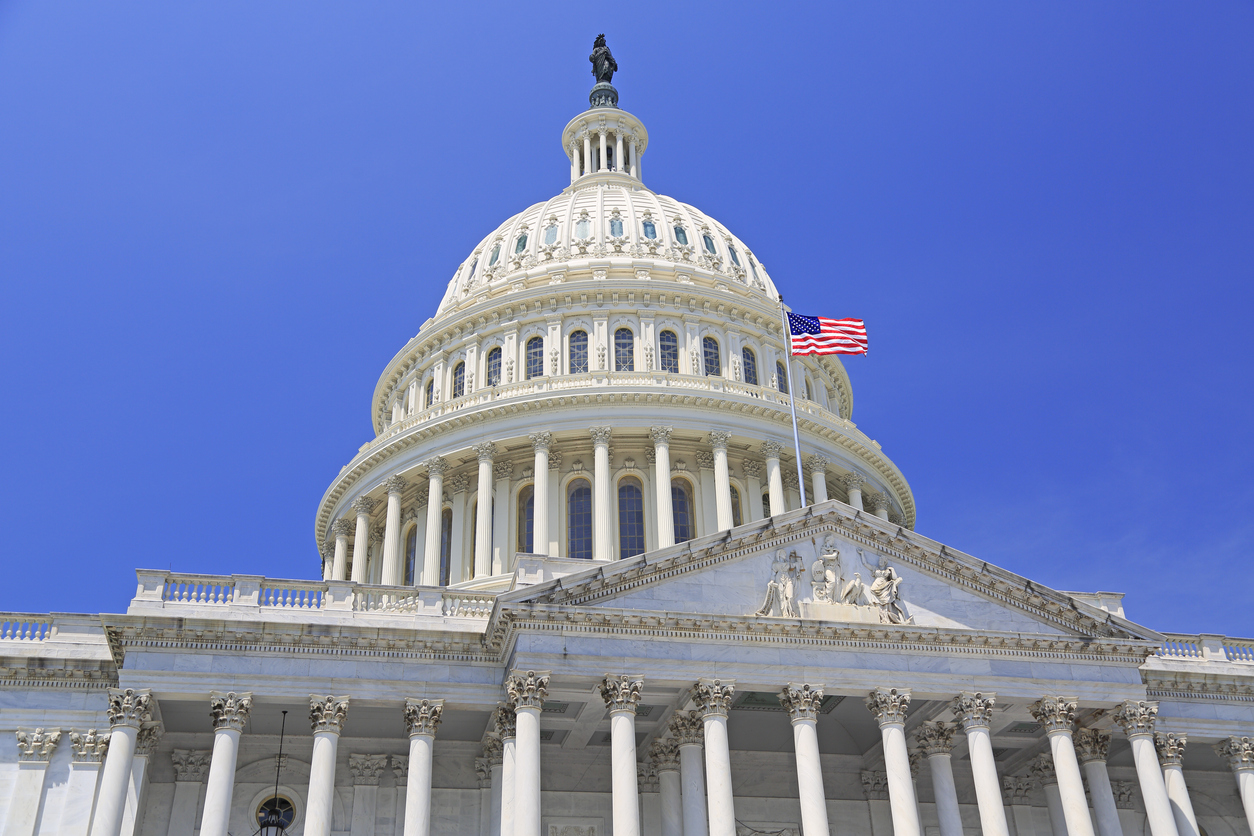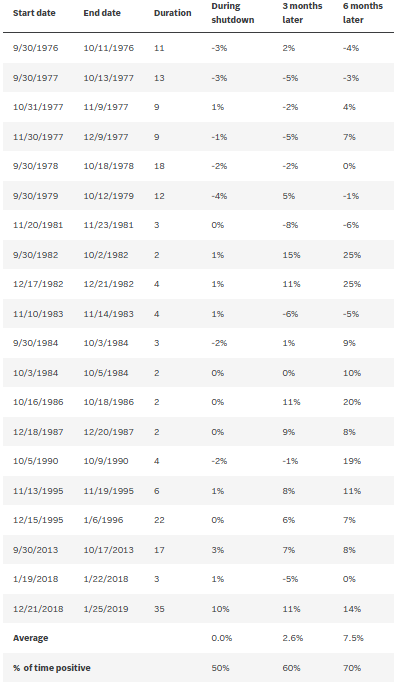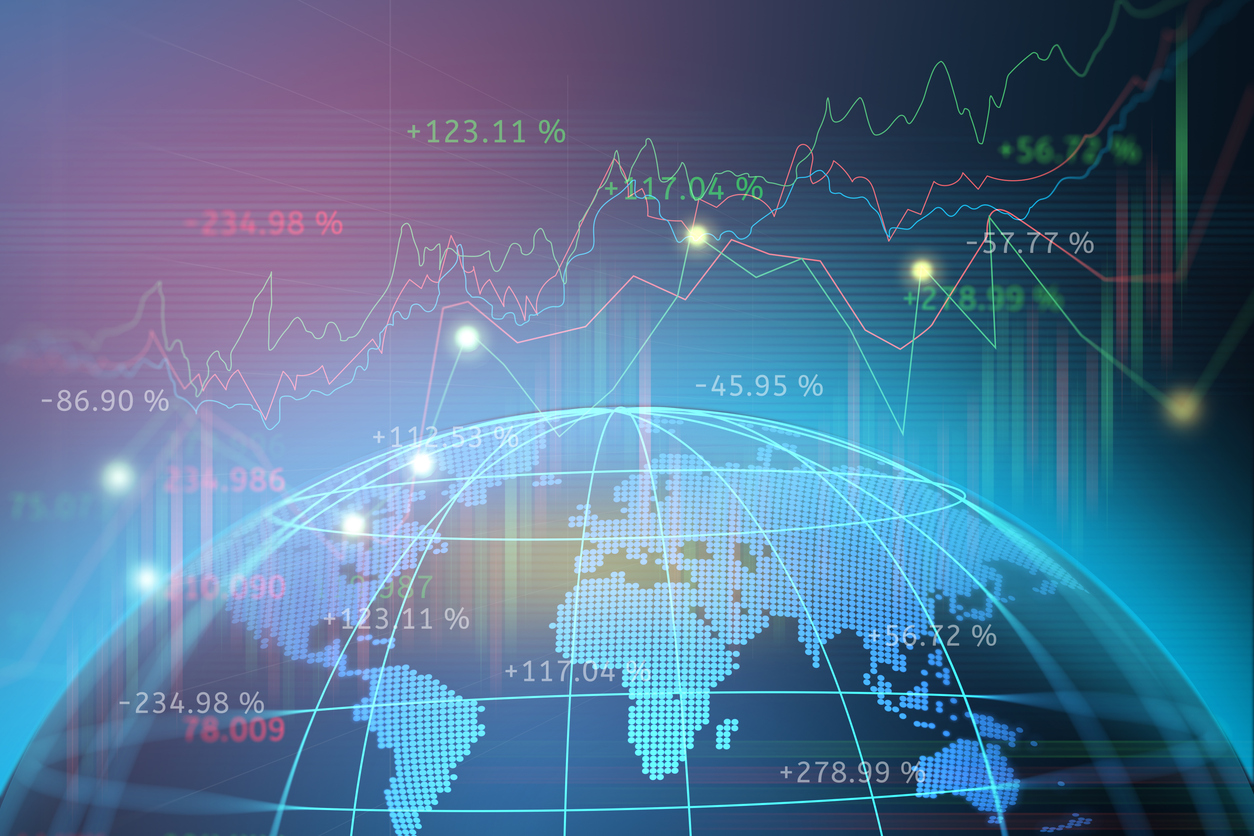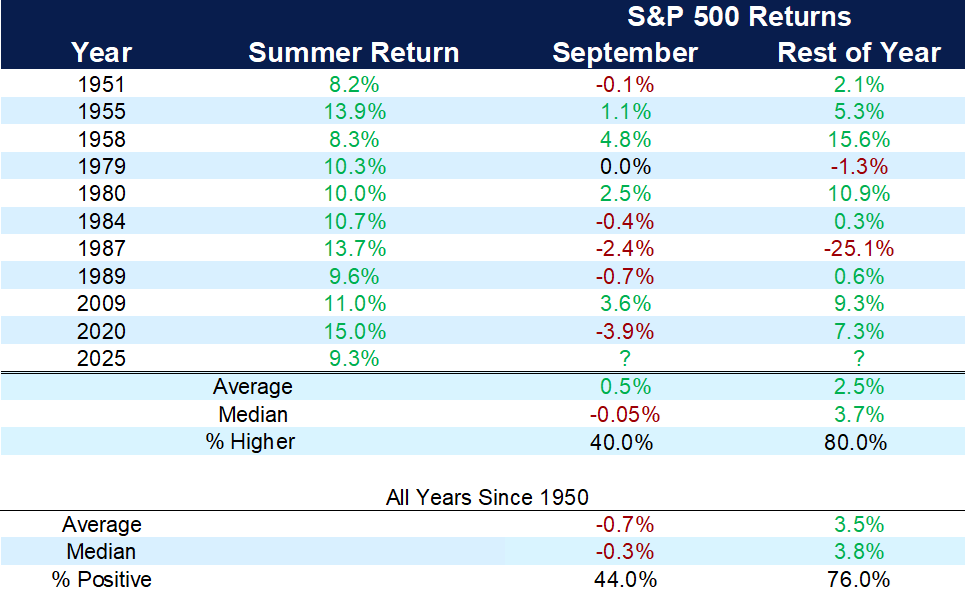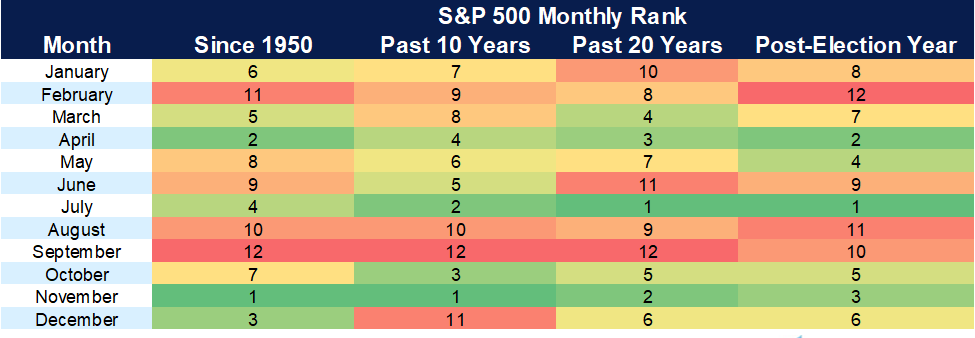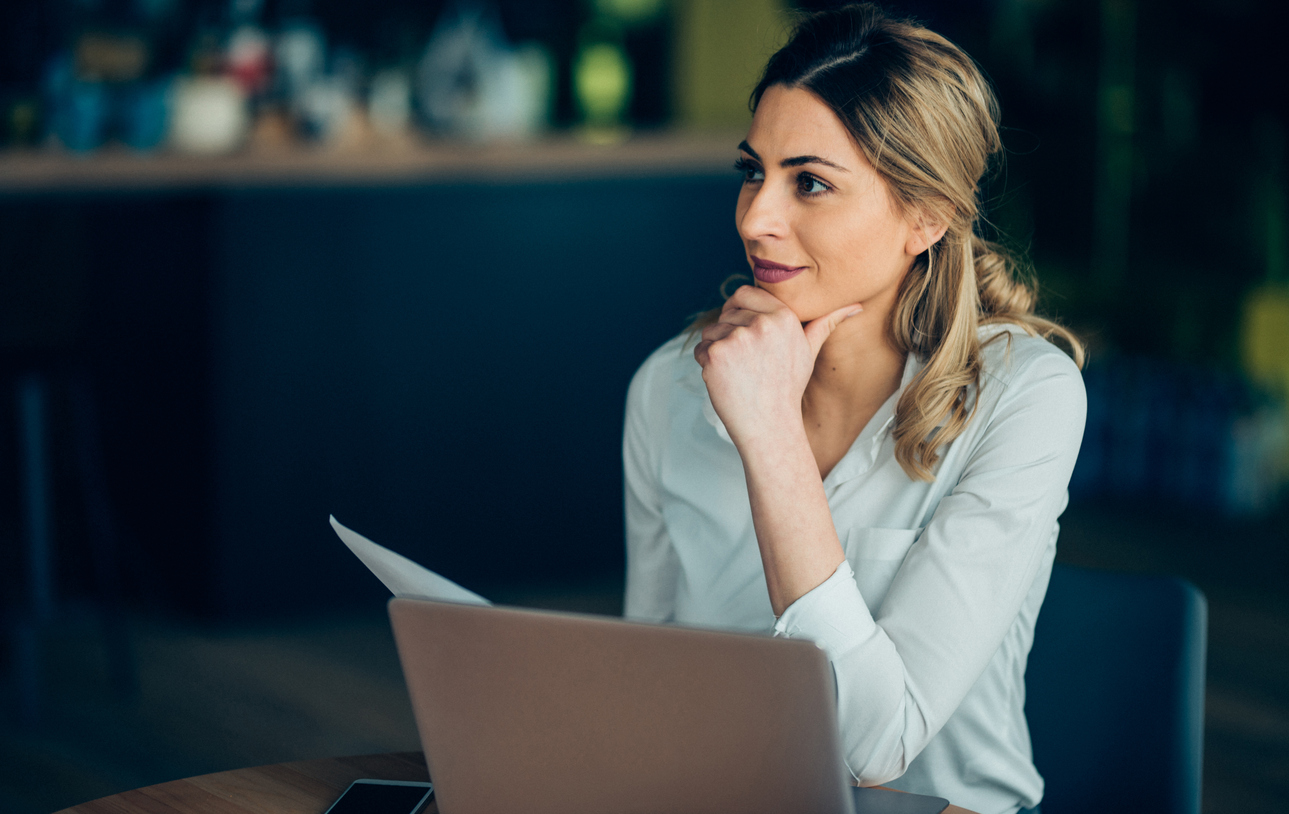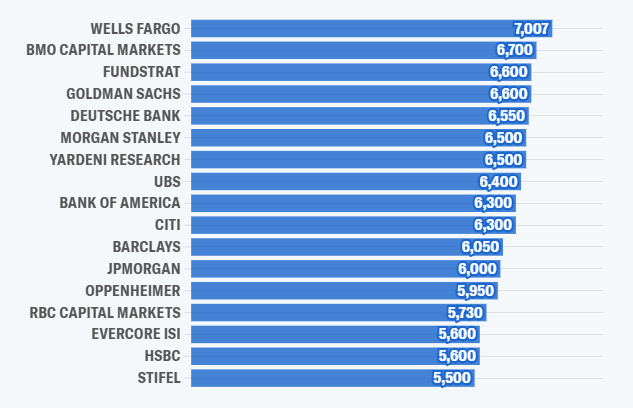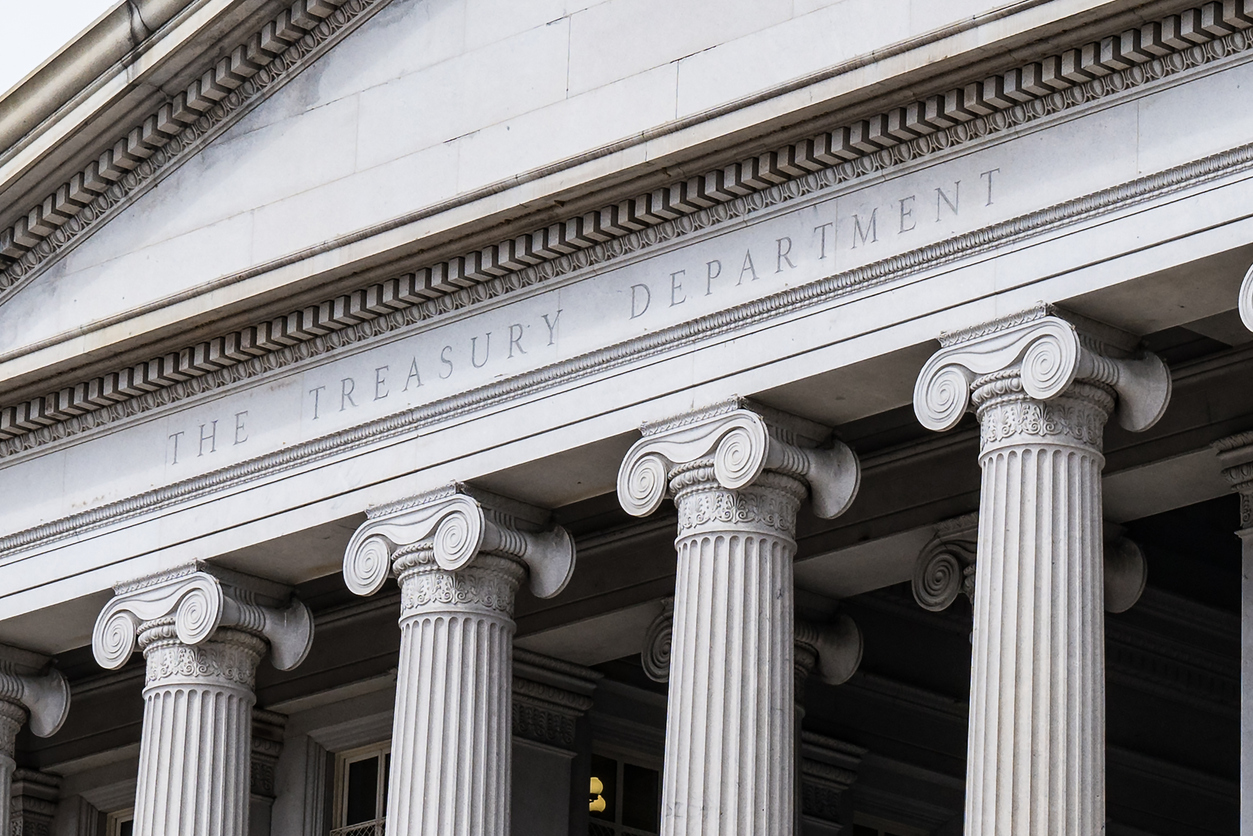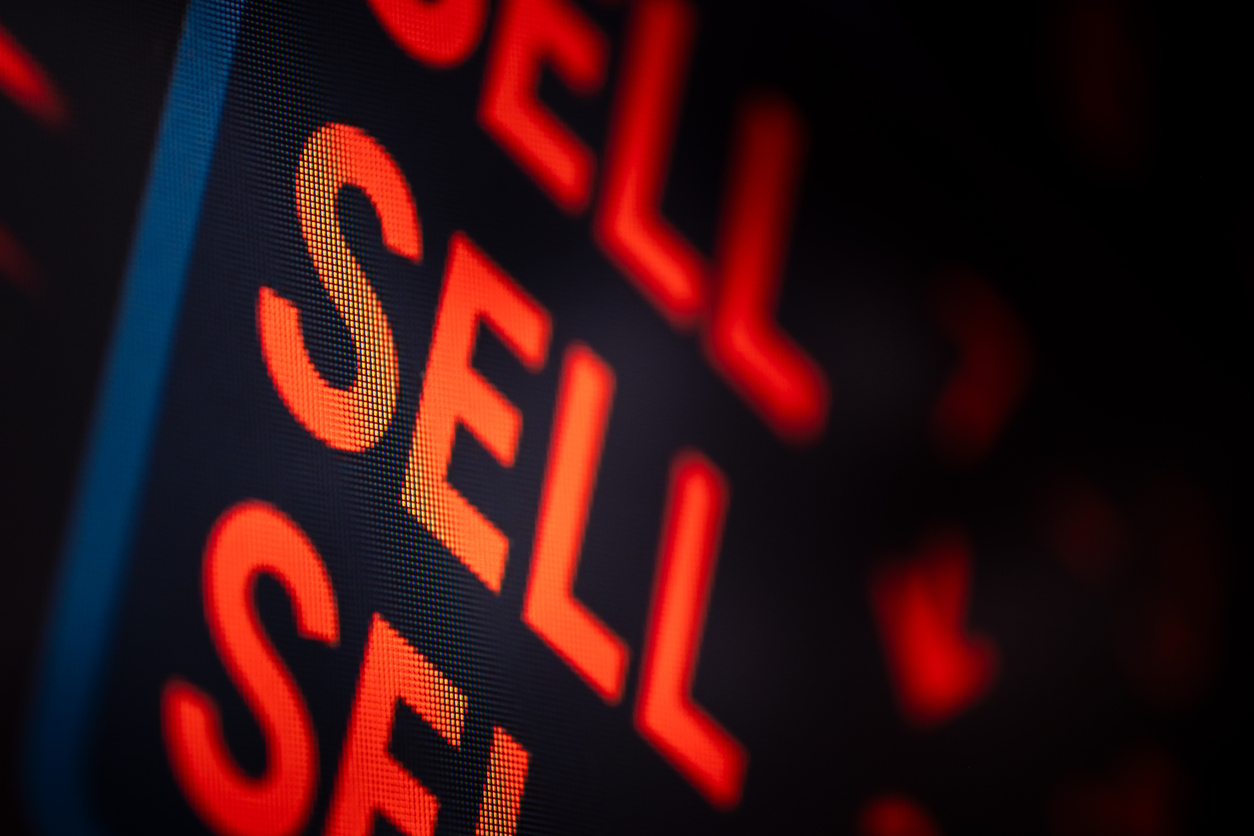As we prepare to wrap up another year, it is the perfect time to review year-end planning strategies to ensure your wealth plan reflects changes in your circumstances or goals, the current tax environment, and the economic landscape.
The end of the year is an important time for making financial decisions that can have an impact in the year ahead — and for years to come. We recommend that you review the planning strategies below to consider and discuss.
Income Tax Strategies
Traditional year-end planning focuses on deferring income into a future year and accelerating deductions into the current year.
— If you anticipate being in a lower tax bracket next year:
• Defer income if possible so you can postpone paying the tax and have that income at a lower bracket.
• If you itemize on your tax return, bunch your medical expenses in the current year to meet the percentage of your adjusted gross income to claim those deductions.
• Make your January mortgage payment in December so you can deduct the interest on this year’s return.
Tax-Related Investment Strategies
— Tax-loss harvesting is the strategy of selling securities at a loss to offset a capital gain liability, either for today or in the future. Securities must be sold by Dec. 31, the last trading day of 2025, to realize a capital gain or loss.
• Harvest losses by selling taxable investments. To avoid the IRS wash-sale rule, you must wait at least 31 days before buying back a holding that’s sold for a loss.
• Harvest gains by selling taxable investments if you have a tax loss carryforward.
— Make sure that you have satisfied your required minimum distributions (RMD).
• If you fail to take your RMD, this may result in a 25% penalty. (This is down from 50%.)
• If you own an inherited IRA, RMD may be required separately for that account as well. If you inherited an IRA after 2019, it must be depleted by the end of the 10th year. If the original owner of the IRA was already taking RMDs at the time of death, you must take an annual distribution in years 1-9, in addition to making sure the IRA is fully depleted in year 10.
• Beneficiaries of a Roth IRA do not have to take RMDs. However, the 10-year rule still applies, and the entire account must be fully distributed by the end of the 10th year.
Retirement Planning Strategies
— Maximize your IRA contributions. You may be able to deduct annual contributions of up to $7,000 to your traditional IRA and $7,000 to your spouse’s IRA ($8,000 if over the age of 50).
— Make a Roth IRA contribution if you qualify under the applicable income limits.
— Consider increasing or maximizing your 401(k) contribution; the maximum for 2025 is $23,500 for those under age 50 and $31,000 for those 50 and older. Contributing more to your 401(k) can reduce your adjusted gross income while boosting your long-term retirement savings.
— New in 2025: If you are between 60 and 63, you can contribute an additional amount to your employer-sponsored retirement plan.
— Consider making contributions to a Roth 401(k) if your plan allows.
— Consider setting up a Roth IRA for each of your children who have earned income during the year.
| Retirement Account Types | 2025 Contribution Limits | Additional Age 50+ Catch-Up Contributions | Age 60–63 “Super Catch-Up” Contributions |
|---|---|---|---|
| 401(k) | $23,500 | $7,500 | $3,750 |
| SIMPLE IRA | $16,500 | $3,500 | $1,750 |
| Traditional/ Roth IRA |
$7,000 | $1,000 | N/A |
Gifting Strategies
— Consider making gifts up to $19,000 per person, as allowed under the federal annual gift tax exclusion. You can give up to $19,000 this year to as many people as you want without triggering gift taxes. Note: Payments made directly to educational and/or medical institutions on behalf of your intended beneficiary do not count towards your annual exclusion amount — or against your lifetime estate tax exclusion.
— Create a donor advised fund for an immediate income tax deduction and provide immediate and future benefits to charity over time.
— If you already have a donor advised fund or want to donate to a charity, consider gifting appreciated assets that have been held longer than one year to get the fair market value income tax deduction while avoiding income tax on the appreciation.
— If over the age of 70½, consider making a direct transfer from an IRA to a public charity. The distribution is excluded from gross income, and you can give up to $108,000 as a tax-free gift from your IRA, which may fully satisfy RMD requirements.
— Consider combining multiple years of charitable giving into a single year to exceed the standard deduction threshold. This is called “bunching.” The chart below illustrates how bunching can reduce taxes if executed properly.
Bunching in 2025
Scenario: Donor has income of $750K, is in the 35% income federal tax bracket, files jointly as a married couple, and itemizes deductions.
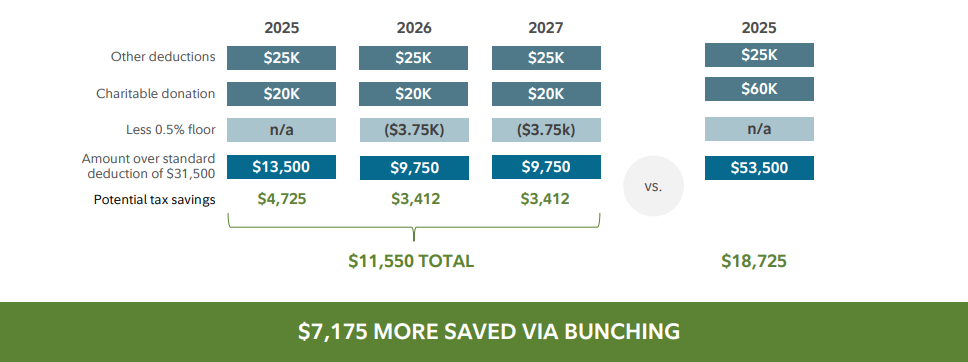
Wrapping up 2025, Planning for 2026
— Discuss major life events with CD Wealth to confirm you have clarity in your current situation.
— Communicate with your CPA to provide capital gains and investment income information for a more accurate year-end projection.
— Check your Health Savings Account (HSA) contributions for 2025. If you qualify, you can contribute up to $4,300 (individual) or $8,850 (family) — and an additional $1,000 catch-up if over the age of 55.
| 2025 HSA Contribution Limits | Additional Age 55+ Catch-Up Contributions | |
|---|---|---|
| Individual Coverage | $4,300 | $1,000 |
| Family Coverage | $8,850 | $1,000 |
— Double-check your beneficiary designations for retirement plans, IRAs, Roth IRAs, annuities, and life insurance policies.
— If you do not already have identity theft protection, consider purchasing a service to help protect you and your family.
The end of the year is a perfect time to review your financial planning needs. This includes reviewing the investment portfolio, assessing year-end tax planning opportunities, reviewing retirement goals, and managing your legacy plans. The list above includes some of the items that may apply to you and your family.
We are happy to meet to discuss any of the above to ensure you remain on track with your financial goals.
The CD Wealth Formula
We help our clients reach and maintain financial stability by following a specific plan, catered to each client.
Our focus remains on long-term investing with a strategic allocation while maintaining a tactical approach. Our decisions to make changes are calculated and well thought out, looking at where we see the economy is heading. We are not guessing or market timing. We are anticipating and moving to those areas of strength in the economy — and in the stock market.
We will continue to focus on the fact that what really matters right now is time in the market, not out of the market. That means staying the course and continuing to invest, even when the markets dip, to take advantage of potential market upturns. We continue to adhere to the tried-and-true disciplines of diversification, periodic rebalancing and looking forward, while not making investment decisions based on where we have been.
It is important to focus on the long-term goal, not on one specific data point or indicator. Long-term fundamentals are what matter. In markets and moments like these, it is essential to stick to the financial plan. Investing is about following a disciplined process over time.
Sources: Fidelity






